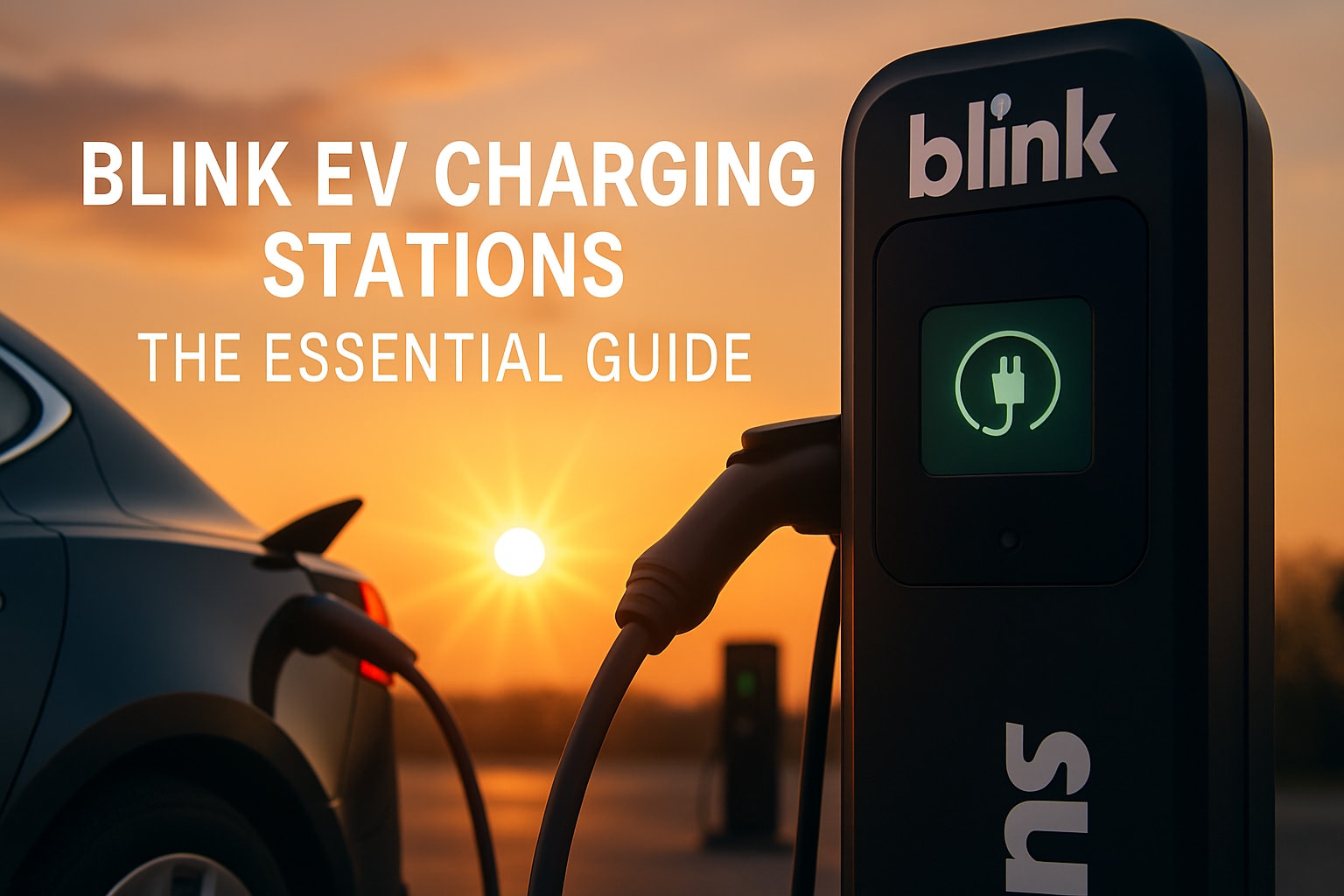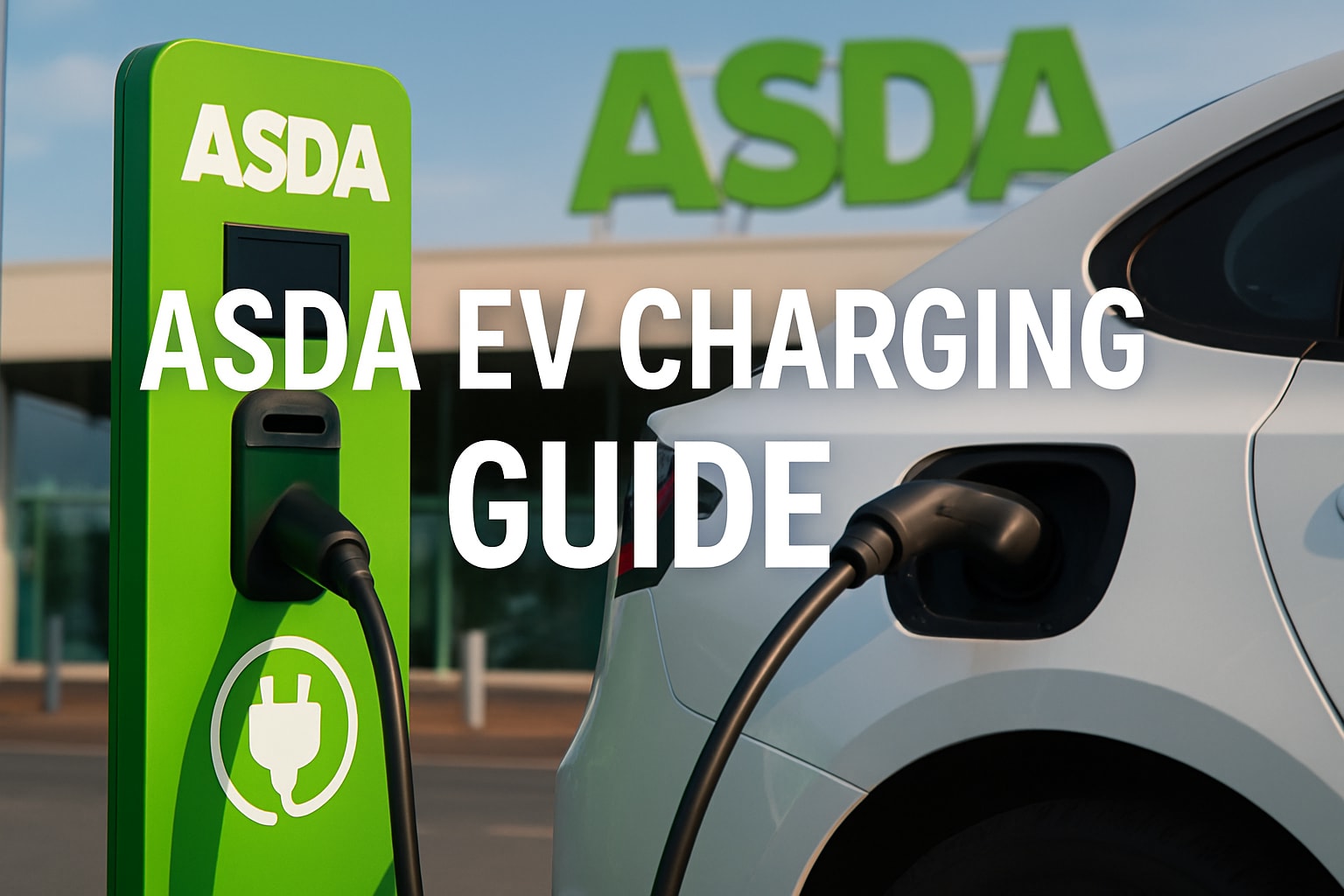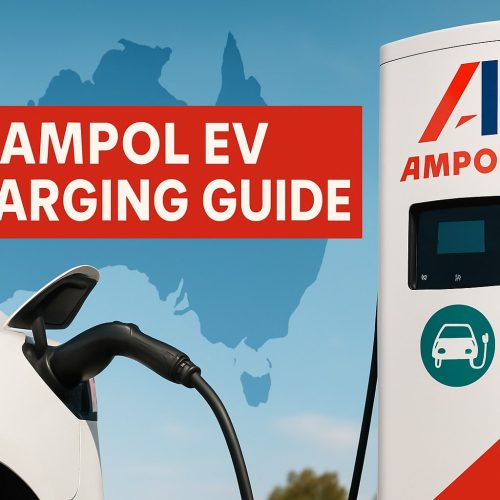The landscape for electric vehicle owners is evolving rapidly. With over 70,000 public charge points available, the infrastructure is expanding to meet growing demand. Understanding the various options for charging can make ownership more cost-effective and convenient.
From home installations to workplace setups and public networks, there are multiple ways to keep your vehicle powered. Each option comes with its own benefits and considerations. Knowing the differences can help you make informed decisions.
This guide explores the types of chargers available, network providers, installation tips, and cost comparisons. It also offers practical advice for new drivers navigating the logistics of charging. Real-world data from Zap-Map and government schemes provide valuable insights.
Whether you’re planning a long journey or daily commutes, having the right charging solution is essential. Let’s dive into the details to help you find the best fit for your needs.
Key Takeaways
- Over 70,000 public charge points are now available across the country.
- Home, workplace, and public charging options each have unique benefits.
- Understanding charger types and network providers can save time and money.
- Installation guidance and cost comparisons are crucial for making informed choices.
- Practical advice helps new drivers manage charging logistics effectively.
Introduction to EV Chargers in the UK
The shift towards sustainable transport is reshaping how drivers power their vehicles. With over 70,000 public charge points available across 35,800 locations, the infrastructure is expanding rapidly. This growth ensures drivers have access to reliable charging networks for both daily commutes and longer journeys.
Why EV Charging is Essential for UK Drivers
Charging is a cornerstone of electric vehicle ownership. While 80% of drivers primarily charge at home, public charging plays a vital role for those on the move. Networks like BP Pulse and Gridserve are enhancing motorway coverage, making long-distance travel more convenient.
Government initiatives, such as the 2035 ICE ban, are accelerating investment in energy infrastructure. This ensures drivers can access renewable energy options, reducing their environmental impact.
The Growth of EV Charging Infrastructure
The UK’s charging network has seen significant expansion. Zap-Map’s real-time availability markers and Zap-Pay’s cross-network payment system simplify the charging process. Regulations introduced in 2023 mandate clear pricing and contactless payments, improving user experience.
| Key Features | Details |
|---|---|
| Public Charge Points | 70,000+ across 35,800 locations |
| Smart Network Features | Zap-Pay for cross-network payments |
| Environmental Benefits | Renewable energy options becoming standard |
This growth ensures drivers can rely on a robust and accessible charging network, making electric vehicles a practical choice for modern transport.
Types of EV Chargers Available
Understanding the different types of chargers available is key to efficient vehicle powering. Whether you’re at home, work, or on the road, choosing the right option can save you time and ensure your vehicle is always ready to go.
Slow, Fast, and Rapid Chargers
Slow chargers, typically ranging from 3-6kW, are perfect for overnight use or workplace charging. They provide a steady flow of energy, ideal for longer periods when speed isn’t a priority.
Fast chargers, offering 7-22kW, are commonly found at supermarkets and destinations. These units can fully charge a vehicle in 2-4 hours, making them a convenient choice for errands or short stops.
Rapid DC chargers, delivering 50kW or more, are often located at motorway service stations. They can provide an 80% charge in just 40 minutes, perfect for long journeys where time is of the essence.
Ultra-Rapid Chargers: The Future of EV Charging
Emerging ultra-rapid chargers, capable of delivering up to 350kW, are revolutionising the charging experience. These units enable ‘petrol station’-style stops, with a full charge achievable in just 15-30 minutes.
Notably, Tesla Superchargers are now accessible to non-Tesla vehicles at select locations, further expanding the network of high-speed charge points.
- Slow charging (3-6kW): Best for overnight or workplace use.
- Fast charging (7-22kW): Ideal for supermarkets and destinations.
- Rapid DC charging (50kW+): Perfect for motorway stops.
- Ultra-rapid chargers (350kW): The future of quick, efficient charging.
- Tesla Superchargers: Now open to non-Tesla vehicles in select areas.
Public EV Charging Networks in the UK
Public charging networks are transforming how drivers stay powered on the go. With major providers like Gridserve Electric Highway, BP Pulse, and Shell Recharge, the infrastructure is robust and reliable. These networks cater to different needs, whether you’re on a motorway, in a city, or at home.
En-Route Charging Networks
For long journeys, en-route networks are essential. MFG and Gridserve dominate motorways with high-powered chargers exceeding 150kW. These units are strategically placed at service stations, ensuring quick top-ups during breaks.
Real-time data availability helps drivers plan stops efficiently. This feature reduces waiting times and ensures a smooth journey.
Destination Charging Networks
Destination networks focus on urban and suburban locations. Pod Point at Tesco and Source London are popular choices for city dwellers. These chargers are ideal for errands or longer stays, offering convenience and reliability.
New payment mandates in 2024 require contactless options for chargers above 8kW. This simplifies the process and improves user experience.
On-Street & Community Charging Networks
Residential areas benefit from on-street and community schemes. Local councils are installing lamppost chargers, making access easier for those without driveways. These solutions are particularly useful in densely populated regions.
Regional variations exist, with Scotland’s ChargePlace offering a unified approach. In contrast, England’s provision is more fragmented, reflecting local priorities.
| Network Type | Key Features |
|---|---|
| En-Route | High-powered chargers at motorway service stations |
| Destination | Urban chargers with contactless payment options |
| On-Street | Lamppost chargers for residential areas |
Home EV Charging: Installation and Benefits
For many drivers, having a reliable charging solution at home is a game-changer. It offers convenience, cost savings, and the ability to power up overnight. Understanding the setup process and available support can make the transition seamless.
How to Install a Home EV Charger
The installation process begins with notifying your Distribution Network Operator (DNO). This ensures your property’s electricity supply can handle the additional load. Next, hire a certified installer approved by the Office for Zero Emission Vehicles (OZEV).
Most installations include smart features, allowing owners to schedule charging during off-peak hours. This can significantly reduce costs when paired with time-of-use tariffs like Octopus Go.
Costs and Grants for Home Charging Installation
A typical home charger installation ranges from £800 to £1,200. This includes the unit (£400-£1,000) and labour fees. For those without driveways, cross-pavement solutions are available, though they may require additional permits.
Government grants can help offset expenses. The OZEV scheme offers up to £350 for renters and flat owners. Always use OZEV-approved installers to ensure compliance with safety standards and grant eligibility.
- Step-by-step installation: DNO notification, certified installers, smart features.
- Cost breakdown: Charger unit (£400-£1,000) + installation fees.
- Smart charging benefits: Schedule during off-peak tariffs.
- Grant eligibility: Schemes for non-homeowners and cross-pavement solutions.
- Safety standards: Must use OZEV-approved installers.
Workplace EV Charging: A Growing Trend
More businesses are recognising the value of workplace charging points. As the demand for sustainable transport rises, employers are stepping up to support their staff. Offering charging facilities at work not only benefits employees but also enhances a company’s reputation.
Benefits of Workplace Charging Points
For employees, having access to charging at work is a significant perk. It reduces commute costs and ensures their vehicles are always ready for the journey home. Employers, on the other hand, gain tax breaks and improved ESG credentials.
Installing multiple charge points requires load balancing systems. These ensure the electricity supply remains stable, even during peak usage. Companies like NatWest have already installed over 100 units, setting a benchmark for others.
Government Schemes for Workplace Charging
The Workplace Charging Scheme offers £350 per socket, with a maximum of 40 sockets per applicant. Schools can benefit even more, receiving £2,500 per socket until March 2025. These government schemes make it easier for businesses to adopt sustainable practices.
Future trends include solar-powered charging points, which align with renewable energy goals. This innovation not only reduces operational costs but also supports environmental commitments.
| Key Benefits | Details |
|---|---|
| Employee Perks | Free charging, reduced commute costs |
| Employer Incentives | Tax breaks, ESG credentials, attracting talent |
| Installation Requirements | Load balancing systems for multiple units |
| Government Support | £350 per socket, up to 40 sockets |
Costs of EV Charging in the UK
Managing charging expenses is a key concern for many drivers. Whether you’re powering up at home or using public networks, understanding the financial aspects can help you make smarter choices. Let’s break down the costs and explore ways to save.
Home Charging vs. Public Charging Costs
Charging at home is often the most affordable option. A full charge typically ranges from £4 to £20, depending on your electricity tariff. In contrast, rapid public charging can cost £60 or more for the same service. This makes home setups a cost-effective choice for daily use.
For example, Octopus Go offers overnight rates as low as 9p per kWh. This allows drivers to charge during off-peak hours, significantly reducing expenses. Public networks, while convenient for long journeys, are better suited for occasional use due to their higher costs.
How to Save on EV Charging Costs
There are several strategies to minimise your charging expenses. Smart tariffs like Octopus Go let you schedule charges during off-peak hours (12am-5am). This can cut your electricity bill by up to 50% compared to standard rates.
Subscription models, such as BP Pulse’s £7.85 monthly plan, offer discounted rates at their network stations. Additionally, some public charging points, like Tesco’s Pod Points, provide free 7kW charging while you shop. These small savings add up over time.
- Smart tariffs: Charge overnight for lower rates.
- Subscription plans: Access discounted rates with monthly memberships.
- Free charging: Utilise free points at supermarkets and destinations.
- Cost calculators: Tools like Zap-Map’s Public Charging Calculator help plan expenses.
By combining these strategies, drivers can significantly reduce their charging costs and enjoy a more budget-friendly experience.
EV Charging Connectors and Compatibility
Choosing the right connector ensures your vehicle charges efficiently. With various types available, understanding their differences can save time and avoid frustration. Compatibility between your vehicle and charging points is crucial for a seamless experience.
Types of Charging Connectors
Most modern vehicles use Type 2 connectors for AC charging. These are standard across Europe and support up to 22kW. For rapid DC charging, CCS (Combined Charging System) is the go-to option, offering speeds up to 350kW.
Tesla vehicles use proprietary connectors, but adapters allow them to access third-party networks. CHAdeMO, once popular, is now being phased out except for models like the Nissan Leaf.
Ensuring Compatibility with Your EV
Before charging, check your vehicle’s connector type. Tools like Zap-Map let you filter charge points by compatibility. For home setups, decide between tethered and untethered cables. Tethered units are more convenient, while untethered ones offer flexibility.
Adapters, such as Tesla to CCS converters, expand your charging options. Future-proofing is essential, as CCS is becoming the universal standard for rapid charging.
| Connector Type | Usage |
|---|---|
| Type 2 | AC charging, up to 22kW |
| CCS | Rapid DC charging, up to 350kW |
| Tesla Proprietary | Tesla vehicles, adapters available |
| CHAdeMO | Phasing out, used by Nissan Leaf |
How to Find EV Charging Points
Finding the right spots to power up your vehicle has never been easier, thanks to modern tools and technology. Whether you’re planning a quick trip or a long journey, knowing where to charge can save time and reduce stress.
Using Apps and Maps to Locate Points
Apps like Zap-Map and PlugShare are essential for drivers. They show real-time data on available points, including their status and compatibility. Zap-Map alone covers 95% of the network, making it a reliable choice.
For Tesla drivers, the Tesla app provides access to Supercharger availability. These tools help you find popular locations and avoid faulty or busy units.
Planning Long Journeys with Stops
When travelling longer miles, planning is key. The ABRP app calculates optimal stops based on your vehicle’s range and charging needs. It ensures you don’t run out of power mid-journey.
In-car systems like BMW iDrive offer intelligent route planning. They account for factors like weather and traffic, ensuring a smooth trip. Always add a 20% buffer for winter conditions.
- Top apps: Zap-Map, PlugShare, Tesla app for Supercharger availability.
- In-car navigation: BMW iDrive’s intelligent route planning.
- Journey planning: Account for a 20% charging buffer in winter.
- Motorway coverage: Gridserve’s 300+ ultra-rapid units on motorways.
- Real-time data: Check status (in use/faulty) before arrival.
EV Charging Etiquette and Best Practices
Navigating the world of vehicle powering requires more than just knowing where to plug in. Good etiquette ensures a smooth experience for everyone. Whether you’re using public charging points or sharing resources, following best practices can make a big difference.
Tips for Efficient Powering
To make the most of your time, avoid peak hours. Charging before 8am or after 6pm often means shorter waits and faster access. Matching your battery needs to the right unit also helps. For example, use rapid chargers only when necessary.
Tools like Zap-Map’s queue alert system can help manage waits. Some networks, like Ionity, charge penalty fees of £1 per minute after a 10-minute grace period. Staying aware of these rules ensures you avoid unnecessary costs.
Sharing Public Powering Points
Sharing resources requires consideration. Rapid charger etiquette suggests moving your vehicle once it reaches 80% charge. This allows others to use the unit while your battery completes its cycle elsewhere.
Community initiatives, like ‘Charge Angel’ groups, help report faulty units. These efforts ensure everyone has access to reliable public charging options. By working together, drivers can create a more efficient and pleasant experience.
| Best Practice | Details |
|---|---|
| Peak Time Avoidance | Charge before 8am or after 6pm for shorter waits. |
| Speed Matching | Use appropriate units for your battery needs. |
| Queue Management | Utilise Zap-Map’s queue alert system. |
| Penalty Fees | Be aware of charges like Ionity’s £1 per minute after 10 minutes. |
| Community Reporting | Join ‘Charge Angel’ groups to report faulty units. |
Conclusion: Embracing the Future of EV Charging in the UK
The future of vehicle powering is bright, with rapid advancements in infrastructure and technology. From 350kW ultra-rapid units to contactless payments, the market is evolving to meet growing demand. Government targets aim for 300,000 public points by 2030, ensuring widespread adoption and accessibility.
Emerging innovations like vehicle-to-grid (V2G) trials are reshaping how energy is managed. Combining home setups with strategic public use offers the best range of options for drivers. Smart tariffs and local council grants make installations more affordable and efficient.
To stay ahead, explore available grants and embrace these developments. By integrating these solutions, drivers can enjoy a seamless and sustainable experience. The journey towards a greener future is well underway, and the tools are here to support it.
FAQ
Why is charging essential for electric car owners?
Charging ensures your vehicle has enough power for daily commutes and longer trips. With the growing number of electric cars on the road, reliable access to energy points is crucial for convenience and peace of mind.
What types of chargers are available in the UK?
There are slow, fast, and rapid chargers, each offering different speeds. Ultra-rapid options are also emerging, providing even quicker energy top-ups for drivers on the go.
How can I find public charging locations?
Use apps like Zap-Map or Pod Point to locate nearby points. These tools also provide details on availability, payment options, and connector types.
What are the benefits of installing a home charger?
A home charger offers convenience, lower costs compared to public options, and the ability to charge overnight. Grants are also available to help with installation expenses.
Are there workplace charging schemes?
Yes, businesses can benefit from government schemes to install workplace points. This supports employees who drive electric cars and promotes sustainable practices.
How much does charging cost in the UK?
Costs vary between home and public options. Home charging is typically cheaper, while public networks may charge higher rates, especially at motorway service stations.
What connectors are compatible with my car?
Most vehicles use Type 1 or Type 2 connectors, while rapid chargers often require CHAdeMO or CCS. Check your car’s manual or consult the manufacturer for details.
How do I plan long journeys with charging stops?
Use apps to map out locations along your route. Plan stops based on your car’s range and the availability of rapid or ultra-rapid points.
What are some charging etiquette tips?
Avoid overstaying at public points, unplug once your battery is full, and be considerate of others waiting to use the service.







